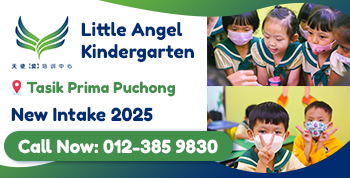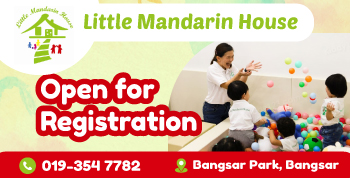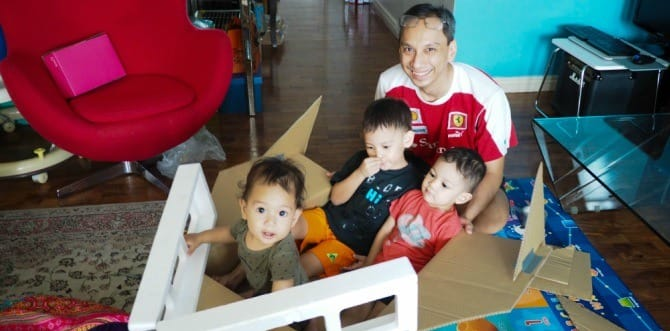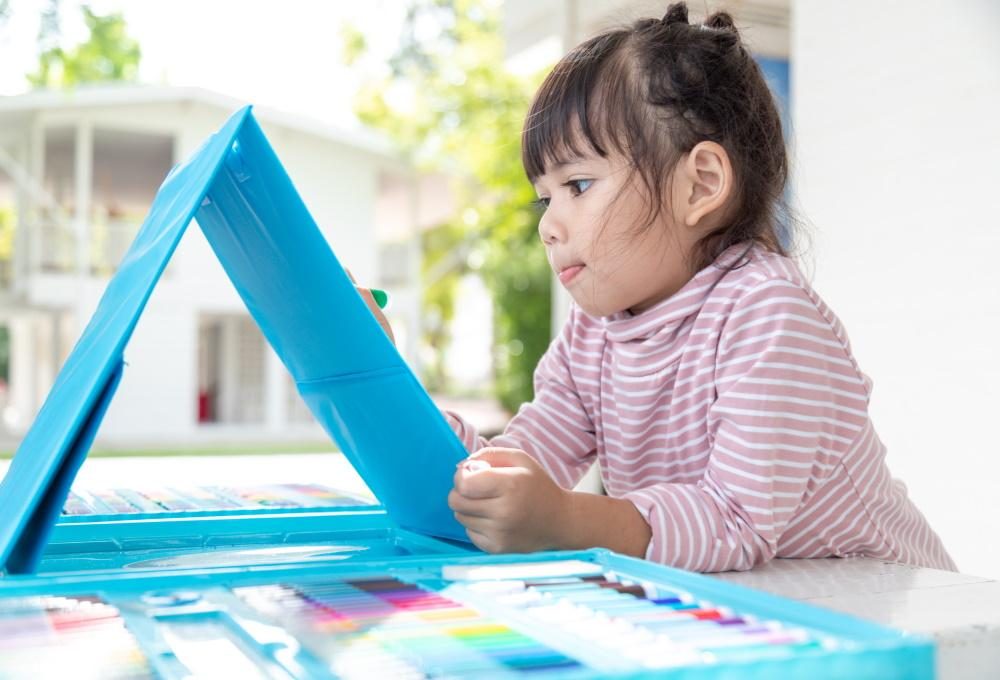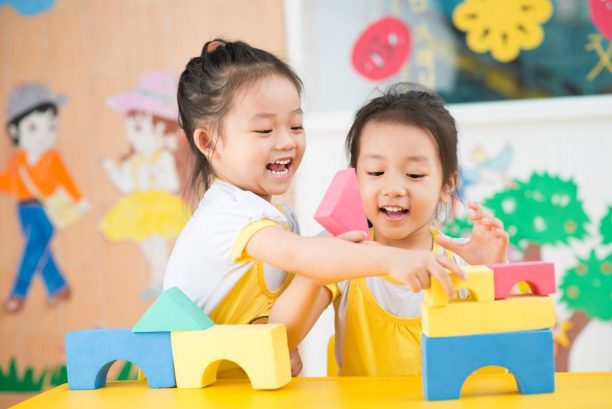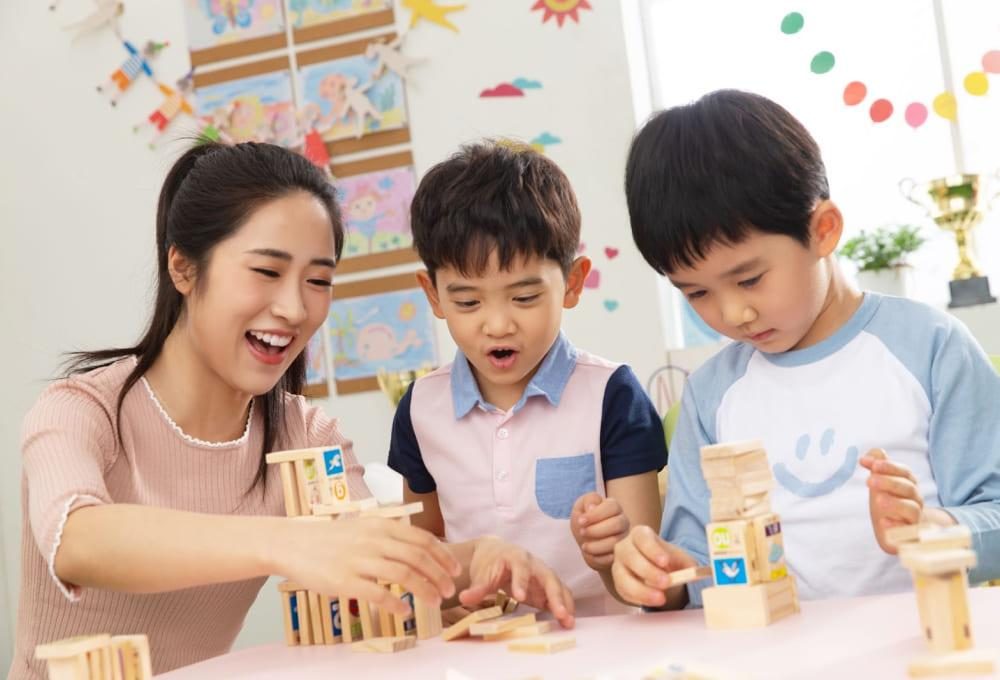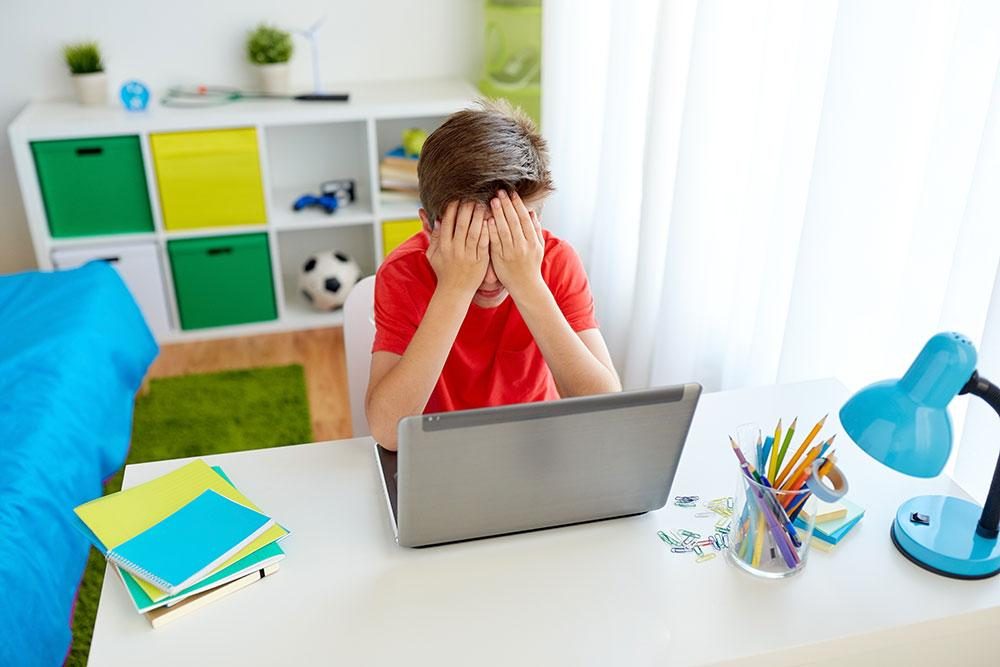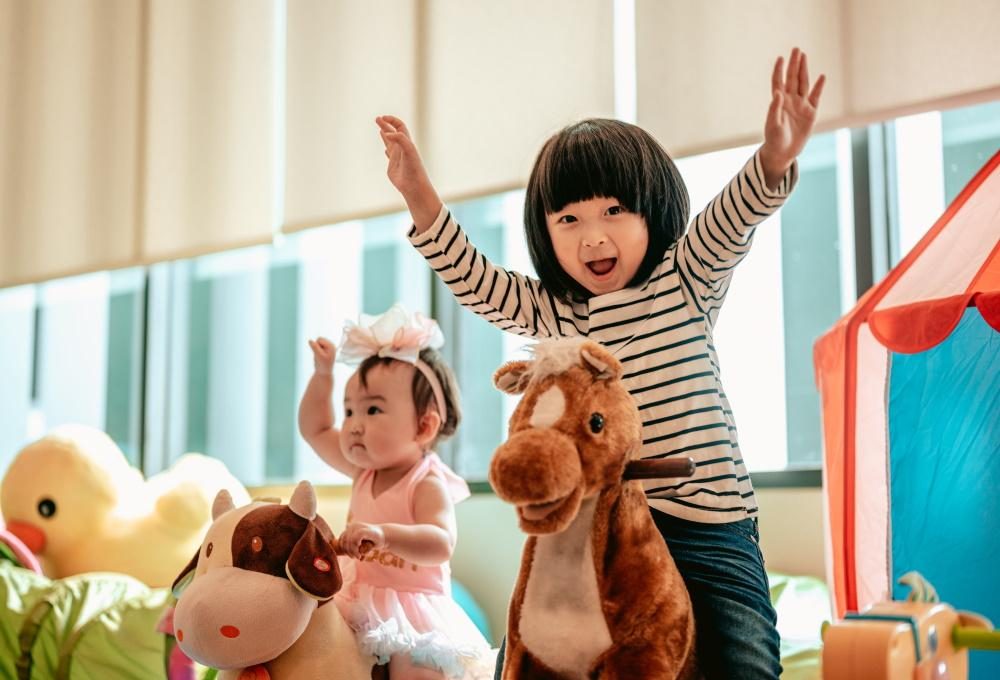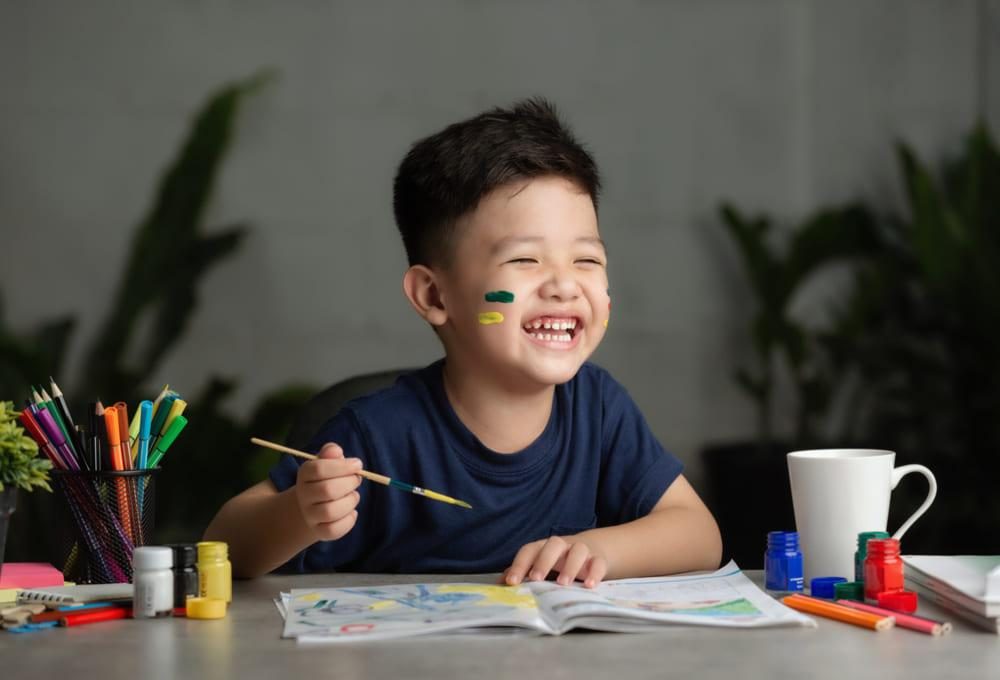21st Century Classroom Design
by on 02/08/2025 ...
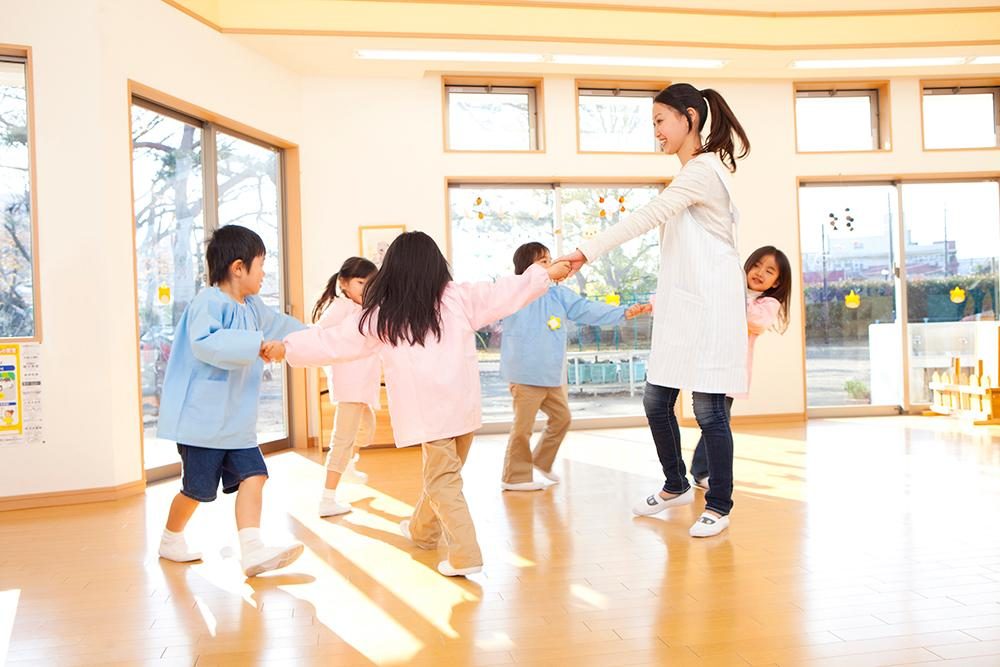
21st Century skills like digital communication and problem solving have never been more important than right now. In these unprecedented times of uncertainty, it is vital for educators to take a step back and reflect on how the design of a classroom can affect students’ learning experiences.
A modern classroom should entail key design elements that can foster 21st Century skills, such as communication, collaboration, creativity, critical thinking and problem-solving.

In order to facilitate child-centred learning that fosters 21st Century skills, classrooms need to incorporate the following 4 key elements in the design of their layout:
1. Flexible, Collaborative Spaces
21st Century learning focuses on collaboration that involves students working together to complete a task, discuss an idea or solve a problem. Therefore, classrooms need to have plenty of open space that are agile to enable these social, project-based learning activities. Layouts that include portable furniture, multiple seating options and flexible zones can elicit students’ collaborative skills more effectively.
2. Movable Furniture
21st Century education also supports personalised learning which caters to different learning styles and needs of individual students. Moving away from traditional fixated rows of desks in classrooms, educators can improve the versatility of learning environments by adding casters to furniture for easier reconfiguration; or installing wall partitions to create new learning areas flexibly during the day.

3. Technology Integration
Another key concept of a modern classroom is integrating technology into the learning process. Tools like electronic whiteboards make lessons more engaging when lessons are interactive. Devices such as tablets and laptops allow students to progress at their own pace, and they enhance the way students learn by providing endless supplies of information available at their fingertips. Technology prepares students for the ever-changing world.
4. Variable Lighting Solutions
Flexible lighting options are useful when students use technology a lot more in their studies; dimmed lights makes screens easier to see. In addition, it is more calming to switch out harsh fluorescent lights and allow as much natural light into the classroom as possible. Being exposed to natural daylight will give students’ emotional and psychological well-being a much-needed boost.
Click here for more information on how to prepare children for the unknown future with 21st Century skills.







